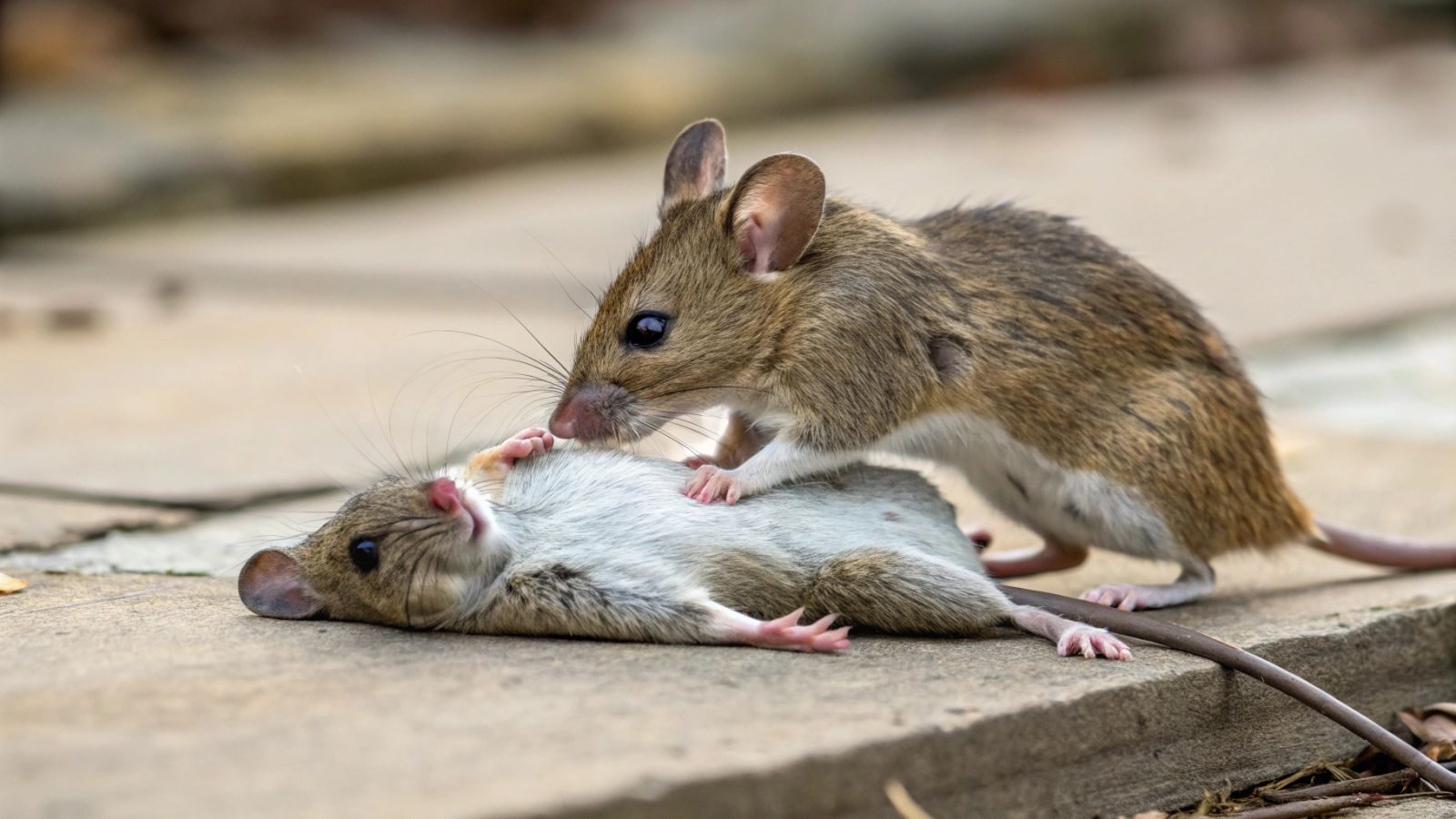Follow us on Google News (click on ☆)

Altruism, often considered a typically human characteristic, may in fact have deeper roots in the animal world. The observation of helping behaviors in mice challenges our understanding of empathy and cooperation in animals. This discovery opens new perspectives on the study of social behaviors and the evolution of altruism.
An unexpected behavior
Recent studies have shed light on a surprising behavior in laboratory mice. When faced with an unconscious mouse, their peers exhibit reactions resembling first aid. They sniff, lick, and even manipulate the unconscious mouse, even pulling its tongue.
Researchers observed that the "rescuer" mice approach their unconscious peers and start by sniffing and grooming them. These interactions are gentle and seem aimed at stimulating the unconscious mouse. If this stimulation is not enough, the mice move on to more drastic actions.
One of these actions involves pulling the tongue of the unconscious mouse. This gesture, which may seem strange, is actually very effective in clearing the airways and facilitating awakening. Researchers even noted that mice are capable of removing objects placed in the mouths of their unconscious peers, such as small plastic balls.
These observations suggest that mice are capable of recognizing the state of unconsciousness in their peers and adapting their behavior accordingly. They seem to understand that the unconscious mouse needs help and implement specific actions to rescue it.
The mechanisms of help
Scientists sought to understand the reasons for this behavior and discovered that mice are more inclined to help individuals they know. This familiarity bias suggests that their reaction is not just a reflex but takes into account the identity of the individual. Moreover, mice seem capable of distinguishing an unconscious mouse from a sleeping one: the "first aid gestures" do not seem to be applied to mice that are simply asleep.
Studies have also revealed the involvement of oxytocin, a hormone linked to attachment and social behavior, in these rescue actions. The release of this hormone in certain areas of the brain seems to activate these helping behaviors. Oxytocin is known to play a role in social bonds and empathy, suggesting that mice might feel a form of empathy towards their peers in distress.
Researchers have also identified a brain region, the amygdala, which activates when mice are faced with an unconscious peer. This region is involved in emotion processing and decision-making, suggesting that mice assess the situation and make a decision to act accordingly.
These discoveries suggest that helping behaviors in mice are the result of a combination of factors: recognizing the state of distress of the other, activation of brain circuits related to empathy and attachment, and the decision to act.
A significant impact
This discovery is important because it reveals that complex helping behaviors can exist in animals considered less evolved. It challenges the idea that altruism is an exclusively human characteristic and suggests that this type of behavior might be more widespread in the animal kingdom than previously thought. The study of helping behaviors in mice could help us better understand the biological and evolutionary bases of altruism.
This research also opens interesting perspectives for the study of social behavior disorders. By better understanding the brain mechanisms involved in empathy and altruism, new therapies could be developed for people who have difficulty establishing social bonds or understanding the emotions of others.